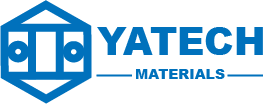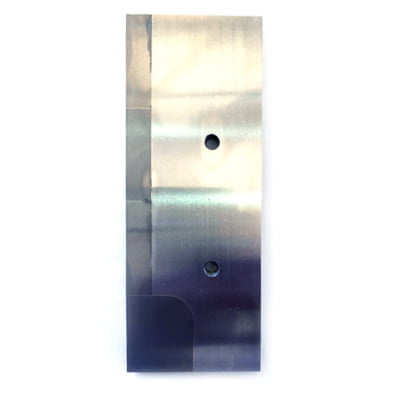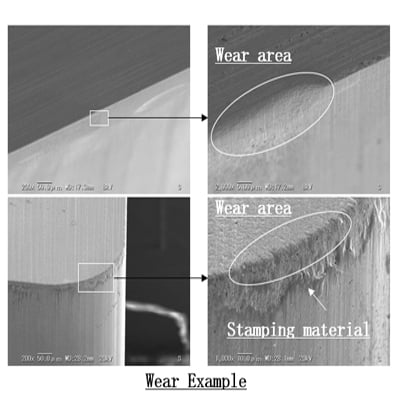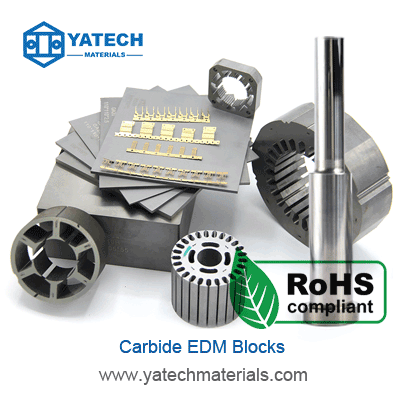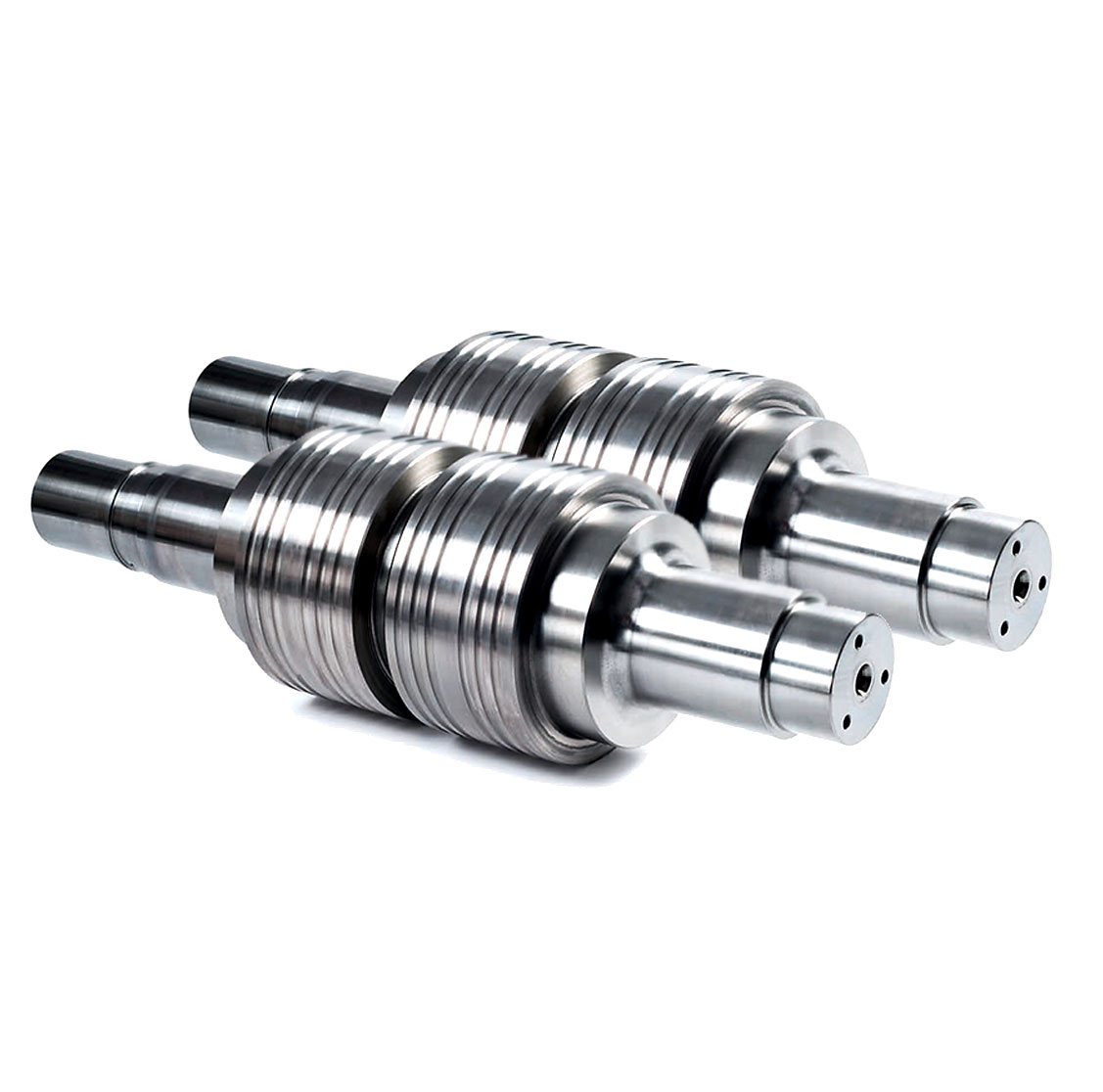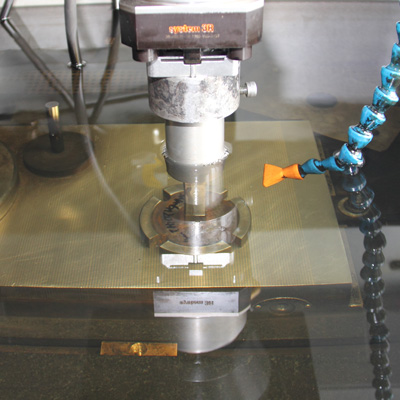
Recommandations pour l'électroérosion au carbure
Précautions à prendre pour l'usinage par décharge électrique au carbure de tungstène
Le carbure possède un magnétisme cobalt : il est préférable de le démagnétiser avant l'usinage par décharge électrique (EDM).
N'utilisez pas d'électroaimant pour fixer le carbure cémenté, veuillez utiliser un dispositif de fixation pour le fixer. Avant le traitement, veuillez vérifier à nouveau si la pièce est desserrée. Si c'est le cas, veuillez fixer la pièce jusqu'à ce qu'elle soit solide.
Principe du jet d'eau minimum : la pression de la buse supérieure est nettement supérieure à la pression de la buse inférieure.
Flux de travail : Il n'est pas recommandé de commencer la découpe fine immédiatement après avoir effectué la découpe grossière de la pièce. Il est plus sûr de procéder à la découpe grossière de toutes les pièces, puis à la découpe fine de toutes les pièces.
Continuer à observer la conductivité du diélectrique, la maintenir à un niveau < 5 μmS/cm, si elle est difficile à maintenir, ne pas démarrer l'opération.
Le problème de la conservation des pièces après usinage par décharge électrique :
Lavez la pièce à l'eau claire et séchez-la au four à 100°C pendant 1 heure pour permettre à toute l'humidité de s'évaporer des minuscules fissures qui pourraient subsister.
Le pH, la conductivité et la teneur en chlorure de l'eau doivent être régulièrement contrôlés. La plage non critique de valeur de pH adaptée aux supports EDM en carbure cémenté se situe entre 6,5 et 8,5, la valeur optimale étant de 7.
Après l'usinage EDM, la surface EDM doit être rectifiée jusqu'à une profondeur d'environ 0,3 mm, suffisamment épaisse pour éliminer tous les dommages de surface.
Marquage des pièces : évitez de marquer avec des marqueurs solubles, qui peuvent endommager le liant cobalt du carbure cémenté.
Si la machine de découpe par fil traite principalement l'acier et occasionnellement le carbure, il est recommandé de nettoyer le milieu de décharge avant de traiter le carbure, sinon la tendance à la corrosion du carbure augmentera. Il est préférable de dédier un équipement à l'électroérosion au carbure.
Il n'est pas recommandé de couper des pièces en carbure cémenté avec des manchons en acier installés. Pendant le processus d'électroérosion, la contrainte de compression sur le carbure cémenté est libérée de manière incontrôlable, ce qui entraîne un risque de fracture.
La meilleure pratique consiste à prédécouper avant l'installation. Le carbure nécessite une section prédécoupée avant de pouvoir être installé dans un boîtier en acier. Les sections doivent être prédécoupées pour permettre une marge d'erreur de quelques millimètres pour la finition.
Après l'installation, prédécoupé, le carbure peut être installé dans un boîtier en acier.
Après la finition et l'installation, la section est finie à la forme finale par découpe au fil. Avec un retrait limité du carbure cémenté en cours d'opération, le risque de fissuration est considérablement réduit.
Veuillez utiliser du carbure traité HIP et cryogéniquement, la qualité et la stabilité du carbure ont un grand impact sur la finition de surface et la finesse des pièces que vous produisez.
